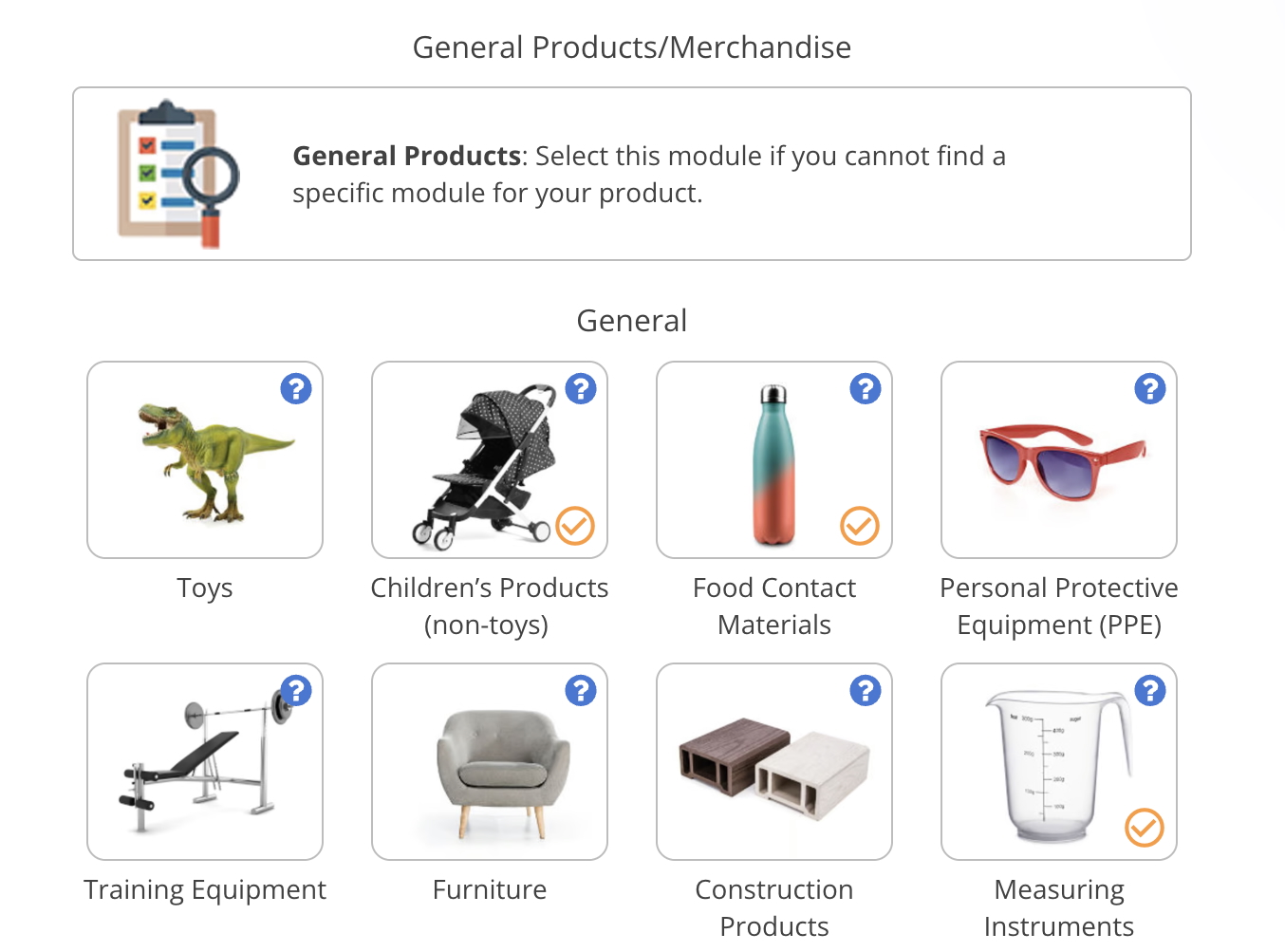
Shipments can be subject to inspections or detention by the Customs and Border Protection (CBP) or the Consumer Product Safety Commission (CPSC). Failing to manage these situations correctly can result in major delays or even destroyed shipments.
This guide explains why inbound shipments are rejected or detained, and the actions you can take to come to a resolution.
Note: In this guide, we mainly focus on actions taken by the CPSC or the CBP. However, other US government agencies could also be involved in shipment rejections or detentions.
Content Overview

FREE CONSULTATION CALL (30 MIN)
 Ask questions about compliance requirements
Ask questions about compliance requirements Countries/markets:
Countries/markets:
 Learn how we can help your business
Learn how we can help your business
You will speak with:Ivan Malloci or John Vinod Khiatani
Why do shipments get detained in the United States?
Shipments are subject to inspections to prevent non-compliant and unsafe products from entering the United States. Cargo can be subject to either random inspections or targeted actions. The latter can be triggered for various reasons, such as:
1. High-risk products
2. The importer has a history of compliance violations or safety issues
Which products can be subject to inspections in the United States?
In theory, any product could be subject to inspections resulting in rejection or detention. However, the CPSC states that they target shipments that are more likely to contain non-compliant products. It is likely that other US government agencies have similar strategies in place.
Based on this information, it is likely that the following product categories are more likely to be subject to inspections:
1. Toys
2. Other children’s products
- Children’s furniture
- Baby bottles
- Baby carriers
- Pacifiers
- Other children’s products
3. Electronics
4. Batteries
5. Medical devices
6. Cosmetics
Ultimately, it should not matter if your products are more or less likely to be subject to inspections. Instead, the focus should be on ensuring that your products are compliant and documented.
What are some common reasons for shipments being rejected or detained?
Here are some examples illustrating on what basis a product shipment can be rejected or detained:
| Product case | Reason for rejection/detention |
| Baby carriers: Physical samples were opened, and the CPSIA tracking labels were found to be insufficient | Insufficient label information |
| Teddy bears: Random inspection found that the products are correctly labeled. However, additional CPSIA documents are also requested. | No particular issues found. However, a decision was made to request a CPC and test report to verify compliance. |
| Lithium batteries: Shipment targeted due to high-risk cargo | Random inspection resulting in a test report request |
| Repeat violations: Importers that have a history of importing non-compliant products are more likely to be subject to inspections | Previous compliance violations |
What information can be requested when a shipment is detained?
The CPSC or CBP generally requests information that demonstrates compliance with applicable US regulations and standards. This, in turn, requires that you provide evidence in the form of certificates, test reports, label files, and other evidence that demonstrates compliance.
Children’s Product Certificate (CPC)
Issuing a Children’s Product Certificate (CPC) is mandatory when importing toys and other children’s products to the United States. The CPSC is likely to request a Children’s Product Certificate (CPC) if you import products deemed to be children’s products.
Further, a Children’s Product Certificate (CPC) must be supported by a test report issued by a CPSC-accepted testing company. A CPC without a test report is normally not accepted.
Note that the Children’s Product Certificate (CPC) should be issued before the arrival of the shipment.
General Certificate of Conformity (GCC)
Issuing a General Certificate of Conformity (GCC) is required if your product is covered by one or more CPSC product safety rules. A GCC must normally be issued before the shipment arrives in the port of destination.
Note that a GCC must normally be supported by a test report.
Test reports
Test reports demonstrating compliance with relevant safety standards and substance restrictions are often requested when product shipments are rejected or detained.
As mentioned, a CPC or GCC is not sufficient evidence on its own but must be supported by a test report.
Test reports can also be requested for products that are not subject to CPC or GCC requirements.
Label files
You may be requested to submit label files or photocopies showing product and packaging labels.
Emergency Action Plan
Here are some of the key steps you should follow if your shipment is rejected or detained.
1. Find out why the CPSC or CBP rejected your shipment
The first step of the process is to find out why your shipment was rejected or detained in the first place. This is normally stated in a Notice of Sampling and Detention or other document.
2. Confirm required documentation
The Notice of Sampling and Detention, or other document declaring your shipment rejected or detained, normally states the following:
1. Covered product/s
2. Reason for rejecting or detaining your shipment
3. Contact person
You may also receive a list of evidence and other information to submit. This can, as mentioned, include the following:
- CPC and GCC
- Other product certificates/documents
- Test reports
- Label files
3. Submit evidence
Next, you need to submit the required evidence. This is normally done via email to the designated contact person.
4. Outcomes
The table below lists examples of outcomes on the basis of evidence submitted.
| Evidence submitted | Outcome |
| 1. You can provide the required evidence and information to demonstrate compliance with applicable US regulations and standards | Shipment release |
| 2. You cannot demonstrate full compliance, but the authorities deem that the products can be reconditioned | Conditional release |
| 3. Product compliance cannot be demonstrated | The cargo must be destroyed or exported out of the United States |
FAQ
What is a Notice of Sampling and Detention?
A Notice of Sampling and Detention is issued by the CPSC to inform the importer that their cargo is subject to detention. The document generally specifies the following information:
1. Covered product/s
2. Reason for rejecting or detaining your shipment
3. Contact person
What is a conditional release?
If your cargo is granted a conditional release, then it can be moved to your warehouse for reconditioning.
How do we secure a conditional release?
You can only conditional release if you can provide a corrective action plan and demonstrate that your product can be “made compliant”. The table below explains scenarios when a product could be subject to a conditional release:
| Product compliance status | Conditional release |
| 1. Your product is tested as safe
2. You made a minor mistake with the product labels that can be corrected |
More likely |
| 1. You do not have any test reports
2. Your product is incorrectly labeled |
Less likely |
Can we arrange lab testing if requested by the CPSC or CBP?
It’s not certain that you will be granted the opportunity to arrange lab testing at a stage when your shipment is already rejected or detained. If you have not arranged testing at this stage, it is quite likely that your products are technically non-compliant and thus unlikely to pass testing according to US product regulations and standards.
Ensuring compliance with US regulations and standards generally requires that:
a. Your product is designed to meet certain safety parameters
b. Your product is made of materials that do not contain restricted chemicals and other substances
This rarely happens by accident and depends on you actively managing the compliance process. Attempting to make a product compliant only when subjected to detention rarely results in a positive outcome for importers.
Can we create a CPC or GCC if we fail a US Customs check?
A CPC or GCC must generally be issued before shipment arrival in the United States.
Further, these certificates must also be supported by test reports. As mentioned above, arranging testing at a stage where your cargo is already rejected or detained is likely too late.
How can we prevent our shipment from being destroyed?
You must either provide the required evidence or arrange for the shipment to be exported out of the country.
How can we ensure that we can clear customs checks?
You must ensure that you have taken the following steps prior to the shipment arriving:
1. Confirm applicable US regulations and standards
2. Create or obtain all required certificates and other documents
3. Arrange third-party lab testing
4. Correctly label your product and the packaging
Note that some products could be subject to registration and other compliance requirements not listed above.
Too late. Shall be done before shipment.
Can we relabel products in the United States?
You may be able, if granted a conditional release, to transfer the cargo to a facility where the products can be relabeled.
That said, doing so is expensive and time-consuming. I recommend that you arrange for a third-party label review prior to shipping cargo. This is especially important if you’re launching a new product.
How often are shipments inspected by the US Customs or the CPSC?
I don’t have exact data on the number of shipments that are subject to inspections or detention by the CBP, CPSC, or other US government agencies.
Are we likely to be subject to future shipment inspections if we failed in the past?
We are aware of cases where businesses importing goods to the US were subject to repeated inspections as a result of failing to demonstrate product compliance. This makes sense, as it is in the interest of the CBP and the CPSC to prevent non-compliant products from entering the United States.
How can we ensure that our next shipment to the US is not rejected?
The only solution to ensure that your products are not rejected, detained, or destroyed is to ensure that your products are compliant with applicable US product regulations and standards.

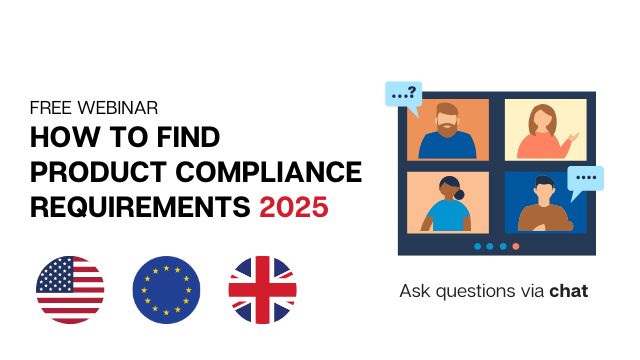
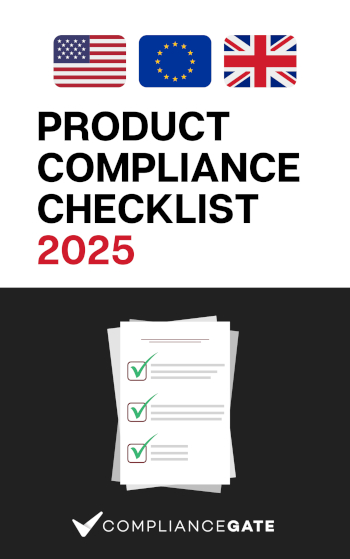




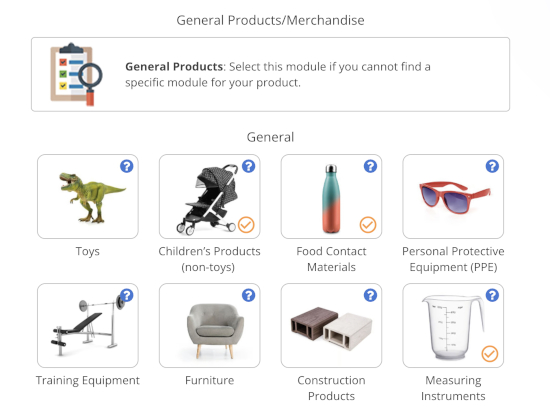






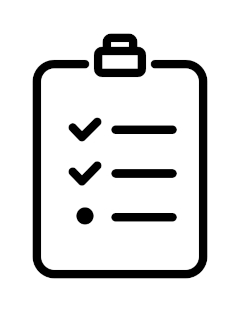


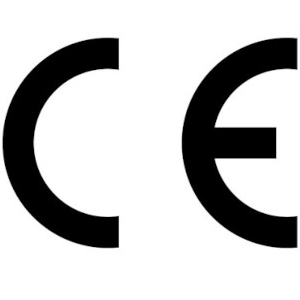




.png)
.png)
.png)
